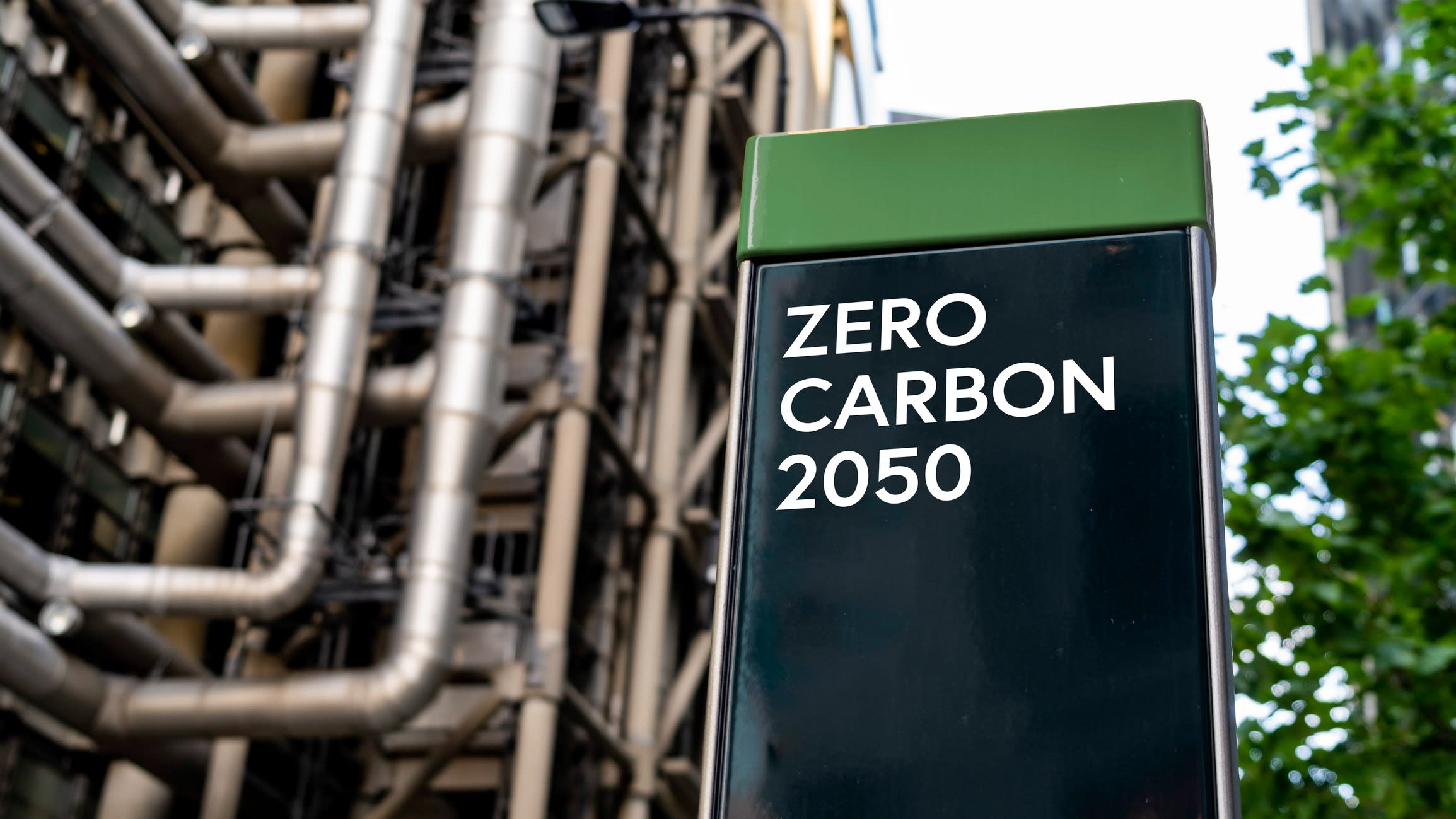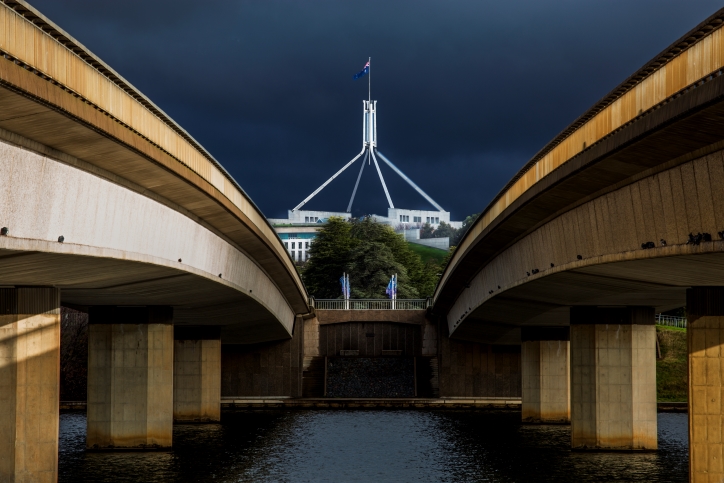In energy circles, all eyes have been on the Australian government’s goal of reaching 82% renewable energy by 2030, and whether or not it’s possible to achieve.
Anna Skarbek
Chief Executive Officer, ClimateWorks Centre
But this masks the fact that the goal is 82% of a growing electricity system. Achieving net zero means not just decarbonising the National Electricity Market (NEM), but electrifying Australia’s heavy industry sector, and its supply chains, too – so we’re going to need a lot more electricity than we think.
Put simply, we aren’t planning, building or investing big enough.
Heavy industry is a game-changer for clean energy supply in Australia. Climateworks Centre’s industry modelling of the past four years has found that achieving net zero for Australia’s heavy industry supply chains would more than double the total electricity supply needed in Australia – and potentially quintuple it if major green hydrogen exports occur.
The ongoing success of Australia’s major mining and resources revenues in a net zero world depends on a very large-scale rollout of renewable electricity – larger than is currently being planned.
Climateworks and CSIRO modelled a scenario akin to business-as-usual where meagre actions result in slow industry decarbonisation, a scenario that ultimately fails to limit warming to below 2ºC and doesn’t meet government targets.
In this scenario, Australia fails to overcome inertia in the system and, as the rest of the world decarbonises, the country’s competitiveness falters in international markets.
We also modelled a much more ambitious pathway, where swift, coordinated action decarbonises industry on a 1.5°C-aligned timeline. In this scenario, the speed and scale of the transition with government incentives and industry leadership helps Australia establish a competitive advantage in green industries, leading to new export sectors and sustained market share in existing markets.
Interestingly, it’s this ambitious 1.5°C-aligned scenario, which we call the “coordinated action scenario”, that shows the lower electricity system costs in the long term, and is compatible with growing industrial production and new industries.
For Australia, rapid and deep emissions reductions are needed for the country to contribute to global emissions reductions in line with Paris Agreement goals to limit warming to below 2°C, and preferably to 1.5°C.
Overall, we found it’s possible, though challenging, to cut 92% of the emissions from industry by 2050 and achieve alignment with a 1.5°C carbon budget.
Iron and steelmaking supply chains can eliminate 99% of their emissions by 2050 while increasing production by about 20% in line with global demand. Aluminium could cut 98% of emissions.
Other metal supply chains, including copper, nickel, lithium and zinc, could cut 90%, and chemical supply chains (ammonia, fertilisers and explosives) can cut 96% of emissions. LNG can also decarbonise, but the reality is that most emission cuts will come from a decrease in production as the world demands fewer fossil fuels in the years to come.
The modelling, undertaken as part of the Australian Industry Energy Transitions Initiative, showed that Australia can achieve net zero emissions, leaving less than 10% residual emissions by 2050, in all the supply chains studiedm while increasing production in all of them (except where the core product was a fossil fuel – LNG).
In short, the way to do it is:
- Electrify the mine sites, and everything else you can, using renewable electricity
- Get green hydrogen up and running as a fuel and feedstock for those processes that can’t be electrified
- And for emissions that require new technology, keep investing in research and development, and speed up deployment and scaling of solutions.
Now, to achieve all of this, we’re going to need a lot more electricity.
We’ll need at least twice, and as much as five times, the electricity we currently generate if we want to make a real run at being an energy-exporting superpower.
For energy, in a country with large emissions-intensive industries, that means:
- designing for at least 200% more renewable energy supply than we’re currently planning
- incentivising all forms of storage, including harnessing customer-owned storage more effectively as a forecastable and dispatchable resource
- integrating hydrogen into the energy system
- doing precinct-scale integrated system plans, and
- developing the multi-gigawatt scale of renewable generation needed.
None of it is easy, but not doing it is costlier. The world has moved beyond debating “if” we should achieve net zero emissions. Now the focus is only on “how”, and how fast.
It means thinking beyond 2030 targets to the net zero by 2050 pathways, and back-solving from there. It’s time to put those net zero goals and pathways into formal government and corporate policies, planning approvals and procurement orders.

Our study, and others, have shown that the “go hard, go early” approach of achieving the 1.5°C-aligned carbon budget path to net zero results in lower overall energy costs than the slower path, which keeps fossil fuel costs in the system longer. And that’s before taking account of any of the benefits of avoiding increased climate harm, or the health benefits for workers and residents.
From an investment perspective, the most advantageous transition pathway – one aligned with 1.5°C of warming – would need $625 billion between now and 2050. To put this number into perspective, we estimate that business-as-usual needs $400 billion over the same period.
The bulk of the investment needed – two-thirds at least – is in our energy system. But here again it’s an expenditure only 12% above business-as-usual due to avoided fossil fuel operating costs.
Targeting investment through industrial clusters – or renewable energy industrial precincts – where long-term plans can be made based on net zero pathways, is a way to achieve scaling up.
When it comes to decarbonisation, industry and energy should be working on the problem together, as their success is entirely intertwined.
This is an extract from Climateworks Centre CEO Anna Skarbek’s keynote address at the Australian Clean Energy Summit 2023 in Sydney on Tuesday, 18 July, focused on decarbonising Australia’s industrial sector.







